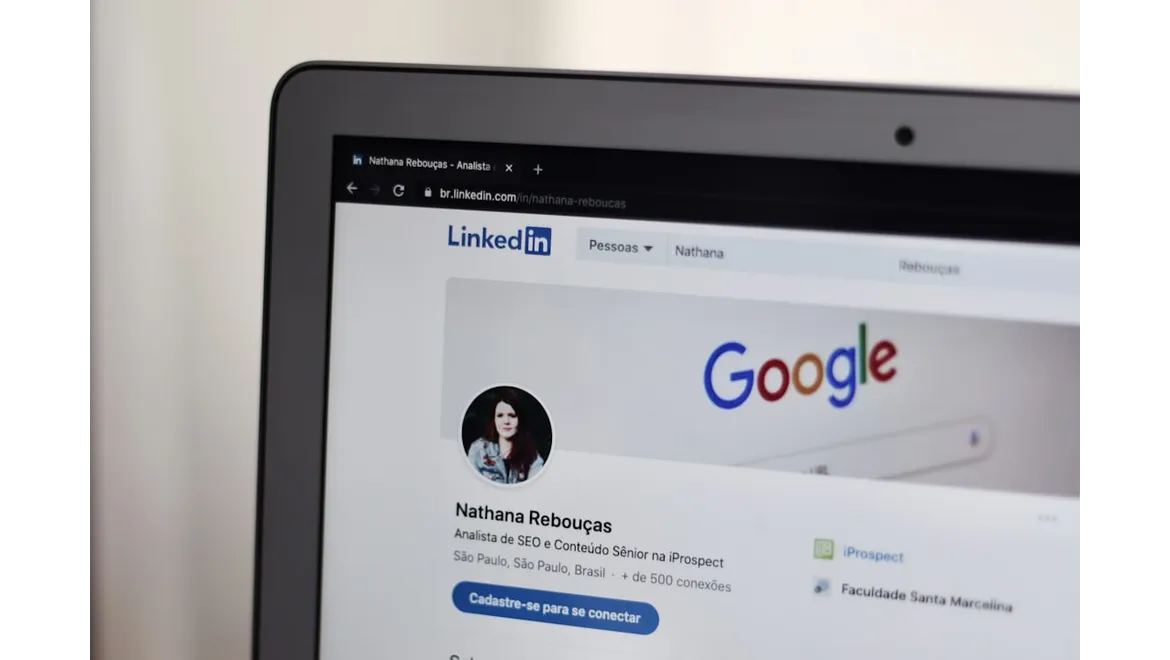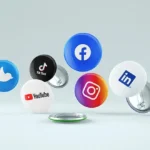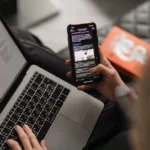So, I recently had a cracking chat with Gracie, a marketing whizz I’ve admired for ages, about innovative ways to use LinkedIn for new business. We dove deep, but what really stuck with me was her absolute mastery of hyper-personalised content. I’m talking laser-focused stuff that really resonates. Buckle up, because I’m sharing all her secrets!
Finding Your Tribes (and Personas!)
Gracie started by emphasising the crucial link between buyer personas and LinkedIn Groups. “It’s not just about joining loads of groups,” she explained, stirring her tea thoughtfully. “It’s about identifying where your personas hang out. Think like them: what problems are they discussing? What kind of advice are they seeking?”
Her approach? First, she thoroughly researches her personas. Not just demographics, but their daily frustrations, their aspirations, the questions keeping them up at night. Armed with this, she then uses LinkedIn’s search filters – keywords related to industries, job titles, skills – to pinpoint relevant groups.
Entering the Arena: Authentic Engagement is Key
Once you’ve identified those goldmine groups, the hard work really begins. Gracie stressed the importance of actively listening and providing value before even thinking about pitching. “Nobody wants to be bombarded with sales messages,” she said, making a face. “They want genuine help, insightful opinions, and a sense of community.”
Her top tips for engaging in discussions:
- Read the room: Before commenting, understand the group’s culture and tone.
- Answer questions thoughtfully: Provide detailed, helpful answers. Don’t just regurgitate surface-level information.
- Share relevant articles (even if they aren’t yours!): Position yourself as a curator of valuable knowledge.
- Ask insightful questions: Spark conversations and encourage others to share their experiences.
Crafting Content That Converts (Without Being Salesy!)
This is where Gracie’s hyper-personalised content strategy comes into its own. It’s not about generic blog posts; it’s about creating content specifically designed to address the unique needs of each buyer persona.
“Think about their pain points,” she advised. “What are the specific challenges they face? Then, create content that offers practical solutions or insights. Use their language, reference their industry, and tailor your call-to-action to resonate with them.”
Here’s how Gracie approaches it:
- Persona Deep Dive: Really understand what makes them tick, and keep the persona documentation close while you are crafting.
- Content Brainstorm: Generate article, video, and post ideas that directly address each persona’s pain points and aspirations. For example, if one persona struggles with time management, create a video showcasing quick productivity tips. If another persona is concerned about budget constraints, write a blog post offering cost-effective solutions.
- Tailored Language & Examples: Avoid generic jargon. Use the specific language, terminology, and examples that each persona would understand and relate to. If you’re targeting marketing managers, talk about ROI and campaign performance. If you’re targeting IT directors, discuss security protocols and system integration.
- Persona-Specific Call-to-Actions: Don’t use the same generic call-to-action for everyone. Tailor it to each persona’s stage in the buyer’s journey. For example, a persona who is just starting to research solutions might be interested in a free ebook. A persona who is further along in the process might be interested in a product demo.
- Distribution: Share your content within relevant LinkedIn groups, and also publish it directly on LinkedIn, making sure to target specific demographics and industries in your post settings. This ensures that the right people see the right content.
From Engagement to Lead Generation: The Subtle Art
Gracie emphasized that lead generation on LinkedIn is a long-term game. It’s about building trust and relationships over time. The key is to be helpful and informative, not pushy.
“When you consistently provide value, people will naturally be drawn to you,” she explained. “They’ll see you as an expert in your field and be more likely to reach out when they have a problem you can solve.”
So, instead of directly promoting your products or services, focus on offering helpful advice, sharing valuable insights, and building connections with other group members. This will position you as a trusted resource and generate more leads in the long run. Gracie also said that tracking group engagement from your profiles using Sales Navigator or similar tools can highlight prospects for a sales process in the future.
Essentially, Gracie’s strategy boils down to understanding your audience intimately, creating content that resonates with their specific needs, and engaging authentically within relevant LinkedIn groups. It’s about building relationships and providing value, not just pushing products. When you get that right, she said, LinkedIn becomes a powerful lead generation engine.











